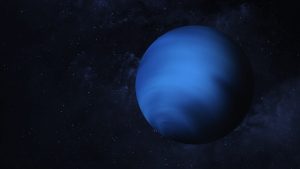Telescope
The telescope is undoubtedly the most significant investigative tool in astronomy. With its help, scientists can collect and analyse radiation from celestial objects, even those in the far reaches of the universe.
Galileo revolutionised astronomy by applying the telescope to studying extraterrestrial bodies in the early 17th century. Since Galileo’s groundbreaking invention, optical telescopes have become more efficient and powerful.
Launched in 1990, Hubble Space Telescope was one of the most prominent achievements in space exploration history. Orbiting around Earth, it sends around 10 to 15 gigabytes of images and data daily to astronomers. So far, Hubble has examined over 25,000 features in space, including distant galaxies, black holes and nebulas where stars are born.
For three decades, the Hubble Space Telescope was the most advanced tool for astronomers until NASA’s James Webb Space Telescope was launched in 2021.
Webb’s Telescope is 100 times more powerful than Hubble; it is the largest and most compelling space telescope ever launched. JWST operates in orbit nearly 1 million miles from Earth. The telescope will spend five to ten years studying the formation of the universe’s earliest galaxies, how they compare to today’s galaxies, how our solar system developed and if there is life on other planets.
The Webb Telescope was jointly developed by NASA, the European Space Agency and the Canadian Space Agency. The UK was also involved in developing a sophisticated camera for taking pictures of stars and planets.







